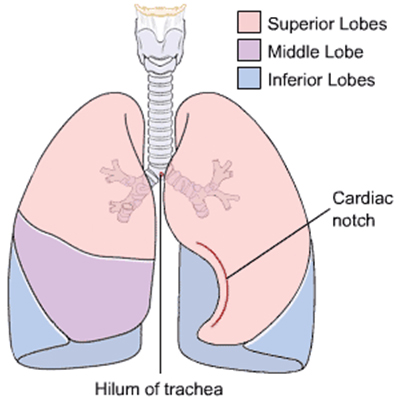Cystic fibrosis (CF) is an inherited disease with a wide range of symptoms that affect everything from how well the lungs, digestive system, and sweat glands function, to fertility. The name “cystic fibrosis” comes from the fibrous scaring that develops in the pancreas. CF causes thick mucus to be secreted by the lungs and pancreas that blocks passageways, making it difficult to clear pathogens that lead to chronic pulmonary infections and inflammation.
Although most people diagnosed with CF cannot be cured, appropriate treatment can extend their longevity. Just over 30 years ago, the average patient did not live past the age of seven. Today, nearly half of those afflicted with this disease in the United States are adults living full and independent lives. However, CF adults face a greater than average threat of contracting certain diseases. The key to maintaining a long and healthy life is consistent, daily treatment that includes good nutrition, exercise, and an effective airway clearance regiment.
Adults with cystic fibrosis need to focus on a diet that is low in fat and high in protein and sticking to it. Exercise is another critical element. According to Dr. Julie Desch, a medical doctor, certified personal trainer, and licensed wellness coach who has been diagnosed with cystic fibrosis since birth, exercise might include walking daily, weight lifting three times a week, and running or other cardio exercise in 20 minute intervals two times a week (www.sickandhappy.com).
Effective airway clearance is arguably the most essential factor for treatment, however. The most commonly accepted airway clearance technique (ACT) is chest physical therapy (CPT), or the combination of postural drainage and percussion. Postural drainage positions recommended for CPT consist of lying, sitting, or standing in a way that the segment of the lung to be drained is uppermost on the patient’s body. This method uses gravity to move the congestion from the lungs up to the throat to be coughed out. The Cystic Fibrosis Foundation’s website, www.cff.org, provides illustrations of proper positions.
There are several types of productive coughing. Reflexive coughing is shallow and inconsistent, but the purposeful coughing preferred during ACT is deep and controlled. The objective is to both loosen the mucus and get enough air behind the mucus to push it out. One approach is to first take a deep breath, and then contract the upper abdominal muscles in order to force a strong cough that propels the mucus outward. Another method is called huffing. Huffing must be used under advisement because it may cause the airways to collapse. Huffing requires that the person blow air out through the mouth in forceful bursts while blurting out “haw.” In both approaches, coughing is repeated until the airways are cleared.
ACTs move mucus from small airways of the lungs to the large, central airways to be coughed out. The right lung has three lobes: the upper, middle and lower lobe, while the left lung has two lobes: the upper and lower lobes. The following image from www.clevelandclinic.org provides an illustration.
Lobes of the Lung
CPT can be performed by hand or with the aid of mechanical devices. Airway clearance devices used to clear secretion are particularly effective when they can be directed to the specific parts of the lungs requiring clearance. Percussion is applied over the lungs to stimulate coughing. Care is given to avoid the spine, breastbone, stomach, and lower ribs or on the back over the spleen on the left or the liver on the right, and the kidneys in the lower back.
In contrast to such devices as the vest that vibrate over the entire chest wall, Med Systems’ Fluid Flo® 2500 and Electro Flo® 5000 mimic hand percussion without fatiguing and can be precisely directed to individual lobes. Alternatively, massage tools, vibrators, oscillators, and fluttering devices cannot provide the smooth, deep, and fast pulses of the Fluid Flo® 2500 or the Electro Flo® 5000.
Seen as a whole, proper treatment for cystic fibrosis depends on multiple activities. Diets high in protein and low in fat, and daily exercise along with effective CPT provide for an independent lifestyle, resulting in a significant improvement in a person’s overall wellbeing.

